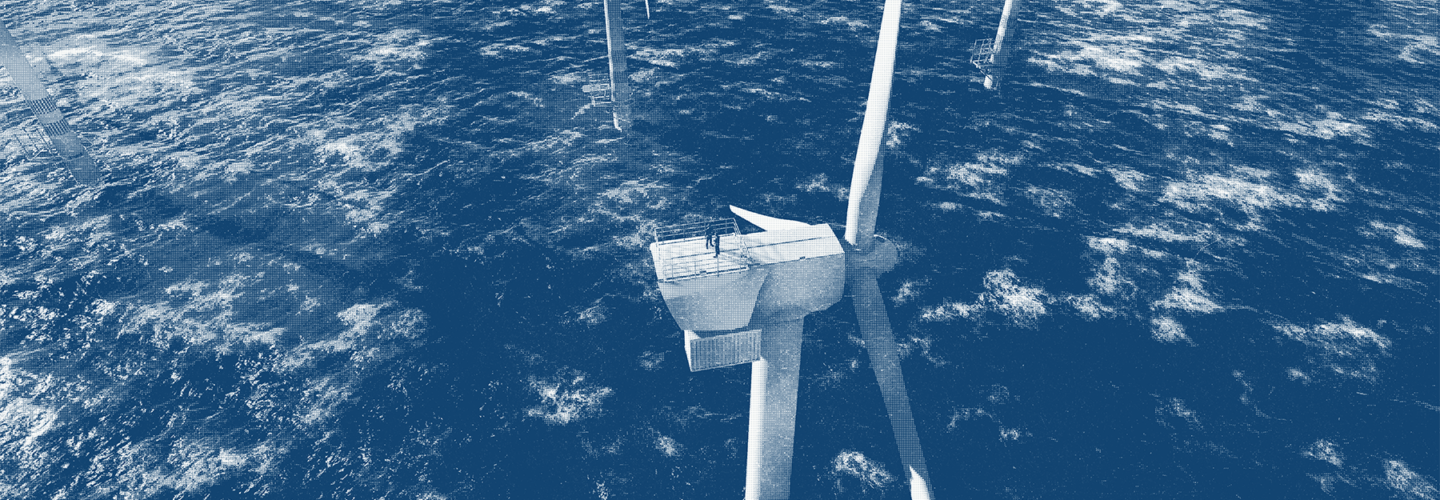As offshore wind plans grow, so does the need for transmission
…
Melissa Birchard, director of Clean Energy & Grid Reform at the Acadia Center, says that less onshore work also means less impact on people and communities.
“Will it still have impacts? Absolutely,” she says. “And I can imagine that there might be environmental justice communities or indigenous communities that we will need to listen to as the process moves forward. But by reducing the on-land impacts, we reduce impacts on those communities as well.”
And unlike onshore transmission development, which needs approval from many regulatory bodies and individual landowners, the only “land owner,” so to speak, in the offshore wind areas is the federal government.
An ocean grid could also reduce how much cable needs to be buried beneath the ocean floor. In the current project-by-project approach, most wind developers are planning to use cables that can each carry about 400 megawatts of electricity — an 800 megawatt wind project requires two cables, for instance.
Read the full article in WBUR News here.



















